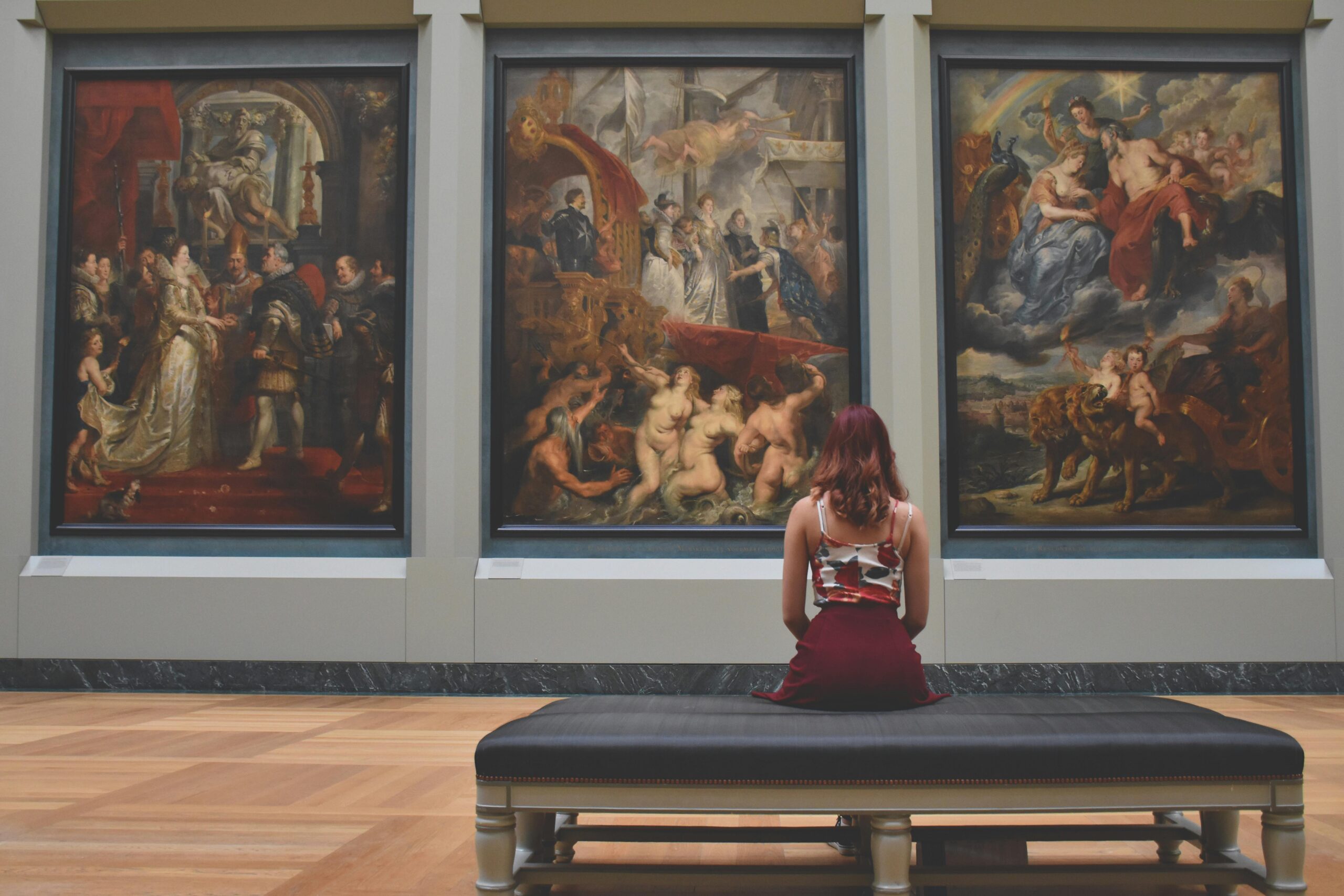It really doesn't seem that long ago that Beeple's NFT sold for $69 million. I imagine for everyone, especially those who'd never heard of NFTs

The sale of Beeple’s NFT for $69 million was a pivotal moment in the art world. It brought NFTs to the attention of a wider audience, and helped to cement their place in the art market.
But what exactly is tokenized art? And how does it work?
When you buy an NFT, you’re essentially buying a certificate of authenticity. The artwork itself is digital, and can be easily copied or transferred. But the NFT is a unique token that proves that you own the original artwork.
This is important because it allows artists to sell their work digitally without having to worry about piracy. It also opens up new possibilities for art ownership, such as fractionalized ownership and digital art vending machines.
Here are some of the other benefits of NFTs:
* They’re more efficient than traditional forms of art collection and sales. The holding period for traditional art is typically 25-30 years, while tokenized art can be traded instantly.
* They’re more secure than traditional methods. Blockchain is an immutable record, which means that your purchase, transaction, and ownership are all fixed in place until you decide to sell.
* They’re more accessible than traditional art. Fractionalized ownership allows people to own a piece of a valuable artwork, even if they can’t afford to buy the whole thing.
* They can be used to create new and innovative types of art. For example, AI-generated art is now being sold as NFTs, and some vending machines are being used to sell digital art.
The future of NFTs is bright. As more people adopt them, and as more artists and galleries begin to offer their work in NFT form, the market will continue to grow. And with the digital art market expected to reach $211 billion by 2030, NFTs are poised to fundamentally change the way we perceive, value, and use art.
以上是The Future of Crypto Art的詳細內容。更多資訊請關注PHP中文網其他相關文章!




